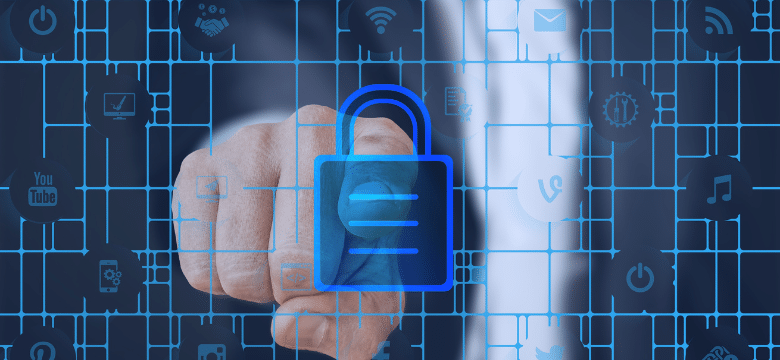








The digital age has ushered in an era of unparalleled connectivity, but with it comes a growing threat landscape. Businesses of all sizes face a relentless barrage of cyberattacks, from malware intrusions to data breaches. Traditional security methods struggle to keep pace with ever-evolving cyber threats. This is where Artificial Intelligence (AI) emerges as a game-changer, offering businesses a powerful defense against the ever-sophisticated tactics of cybercriminals. In this article, we will explore five transformative ways AI is revolutionizing cybersecurity.
The modern cyber threat landscape is multifaceted and constantly changing. Here’s a look at some of the most common issues businesses face:
Traditional security methods, while essential, have their limitations in keeping pace with these evolving threats. Signature-based malware detection struggles to identify new strains; firewalls alone cannot block all malicious traffic and employee security awareness training often falls short in equipping users to recognize sophisticated phishing attempts.
See more: The Cost of Cybercrime: Why Cybersecurity Matters
AI, in the context of cybersecurity, refers to intelligent systems that can learn and adapt. These AI-powered security solutions analyze vast amounts of data, identify patterns, and detect anomalies that might indicate a potential cyberattack. Unlike traditional methods reliant on pre-defined rules, AI can effectively recognize and respond to new and evolving threats.
Have a look at our services: IT security services
By using the power of AI, businesses can significantly enhance their cybersecurity posture:
Traditional security often relies on identifying and blocking known threats. AI takes a proactive approach. Machine learning algorithms can analyze network data, user behavior patterns and threat intelligence feeds to identify anomalies and suspicious activity. This allows businesses to detect potential threats before they can cause damage, significantly improving their security posture.
When a cyberattack occurs, time is of the essence. AI-powered security solutions can react in real-time, automatically containing threats and minimizing downtime. By automating tasks like threat isolation, incident reporting and security protocol execution, AI empowers businesses to respond swiftly and efficiently, minimizing the impact of cyberattacks.
Cybercriminals are constantly developing new and sophisticated malware strains. Traditional signature-based detection methods often fall short. AI algorithms can go beyond static signatures. They can analyze malware behavior and code patterns, identifying and neutralizing even the most advanced malware threats in real-time.
Human error can be a significant security vulnerability. AI can analyze user behavior patterns to detect unauthorized access or insider threats. By learning typical user activity, AI can identify deviations and raise red flags for suspicious behavior, allowing for investigation and swift intervention.
The cyber threat landscape is constantly evolving. Traditional security methods require constant updates to maintain effectiveness. AI security systems are inherently self-learning. They continually learn and adapt based on new data and threat intelligence, ensuring your defenses stay up-to-date and effective against even the newest cyber threats.
You may also like: The 4 Pillars of Effective Cybersecurity: Protect, Detect, Respond, Recover
In 2020, a major cloud service provider was dealing with ongoing phishing attacks against its users. Phishing emails often “cosplay” legitimate login pages, such as the VCB’s login page, tricking users into divulging their credentials. Traditional email filters that rely on static keywords and sender reputation were ineffective in identifying these sophisticated attempts.
The company implemented an AI-powered security solution that analyzed email content, sender behavior, and user login attempts. The AI system learned to recognize subtle inconsistencies in email language, sender information inconsistencies (e.g., slight variations in domain names), and unusual login patterns (e.g., login attempts from unexpected locations).
The AI-powered system successfully detected and blocked a significant number of phishing attempts before they reached user inboxes. This proactive approach significantly reduced the risk of user credential compromise and potential account takeover.
By leveraging AI for proactive threat detection, the cloud service provider not only protected its users but also enhanced their overall security posture and user trust in its platform.
The field of AI in cybersecurity is rapidly evolving. Advancements in areas like deep learning and natural language processing hold immense potential. We can expect AI to play an even greater role in:
In today’s ever-evolving threat landscape, a robust AI-powered cybersecurity strategy is no longer a luxury but a necessity. By leveraging the power of AI, businesses can proactively identify threats, automate incident response, and continuously adapt their defenses. Partnering with a trusted IT solutions provider like ITC Group can help you implement effective AI-powered security solutions!
Stay ahead in a rapidly changing world with our monthly look at the critical challenges confronting businesses on a global scale, sent straight to your inbox.